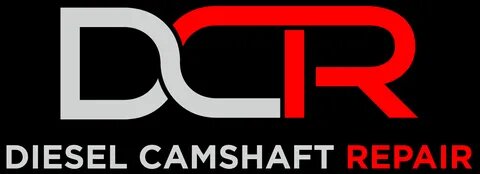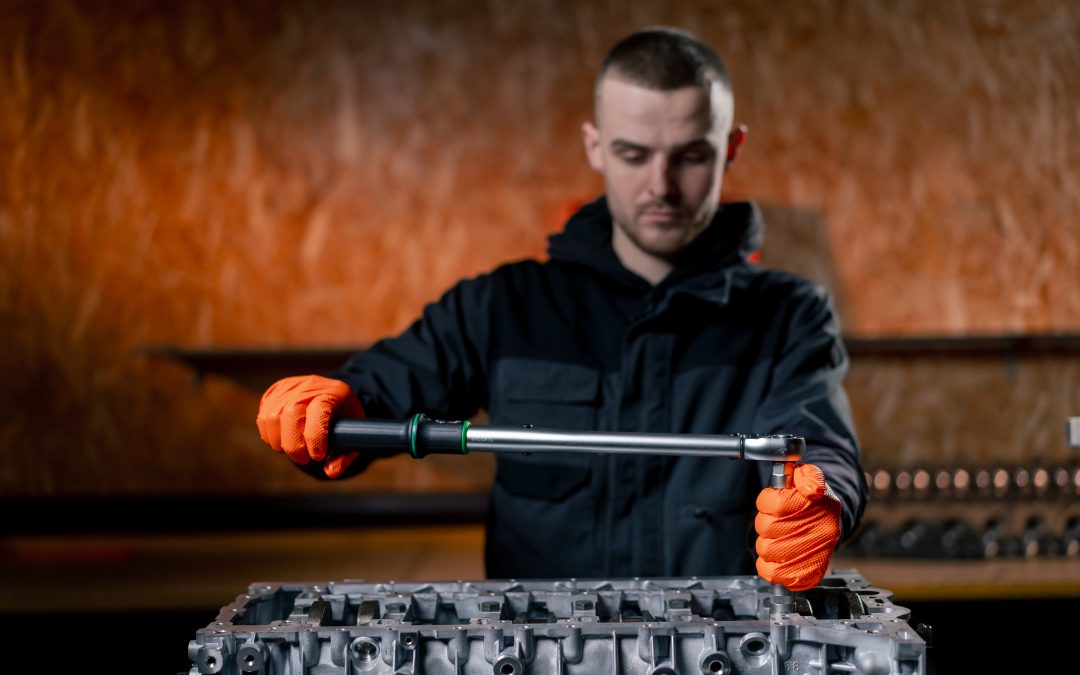How Camshaft Profiles Affect Engine Behavior
When we think about how engines work, we often focus on things like horsepower, torque, or fuel efficiency. But behind the scenes, one of the most important components influencing engine behavior is the camshaft.
It plays a crucial role in determining how much air and fuel enter the engine, how much exhaust is expelled, and how the engine responds to different driving conditions. The camshaft’s profile – the shape and design of the lobes – directly affects engine performance, dictating everything from power delivery to fuel efficiency.
In this blog, we’ll break down how camshaft profiles affect engine behavior in simple, engaging terms. Whether you’re a car enthusiast or just curious about how engines work, this guide will help you understand why camshaft design is so important.
What Is a Camshaft and What Does It Do?
Before diving into how the camshaft profile affects engine behavior, it’s essential to understand the basic function of the camshaft. The camshaft is a rotating shaft located inside the engine. It controls the opening and closing of the engine’s intake and exhaust valves, which allows air and fuel to enter the combustion chamber and exhaust gases to exit.
Each camshaft has lobes, which are raised areas that push against the valves, causing them to open and close at precise times. The shape of these lobes – known as the camshaft profile – determines how long the valves stay open, how quickly they open, and how far they open. These factors influence how the engine breathes and, ultimately, how it performs.
Camshaft Profiles: Key Terms You Should Know
To understand how camshaft profiles affect engine behavior, there are a few key terms you need to know:
Lift: Lift refers to how far the valve opens when the camshaft lobe pushes it. The higher the lift, the more the valve opens, allowing more air and fuel into the combustion chamber. More air and fuel typically mean more power.
Duration: Duration is the length of time the valve stays open. It’s measured in crankshaft degrees (the engine’s rotation) and can be short or long. Longer duration means the valve stays open for more of the engine’s rotation, allowing more air and fuel into the engine.
Overlap: Overlap occurs when the intake and exhaust valves are both open at the same time. This happens at the end of the exhaust stroke and the beginning of the intake stroke. Overlap helps improve engine efficiency at higher RPMs by allowing exhaust gases to exit while fresh air and fuel enter.
Lobe Separation Angle (LSA): This is the angle between the intake and exhaust cam lobes. A narrower LSA results in more overlap, while a wider LSA reduces overlap.
Now that you’re familiar with these basic terms, let’s look at how different camshaft profiles affect engine behavior.
How Different Camshaft Profiles Affect Engine Performance
The camshaft profile you choose can dramatically change how your engine behaves, from low-speed driving to high-speed performance. Here are some of the ways different camshaft designs influence engine characteristics:
Low Lift, Short Duration Camshafts: Best for Low RPM Power and Fuel Efficiency
If the camshaft has low lift and short duration, it means the valves don’t open very far and don’t stay open for long. This profile is ideal for engines that need smooth performance at low RPMs (revolutions per minute) and are designed for fuel efficiency.
Benefits:
- Smooth idle: With less overlap and shorter valve openings, the engine runs smoothly at low speeds, making it ideal for daily driving and stop-and-go traffic.
- Fuel efficiency: By limiting the amount of air and fuel entering the engine, this profile helps improve fuel economy.
- Low-end torque: These camshafts are designed to provide good torque at lower RPMs, which is helpful for city driving or when towing.
Drawbacks:
- Limited high-RPM power: Because the valves don’t open for long, the engine can’t take in as much air and fuel at high speeds, limiting power output at higher RPMs. This is why cars with these camshafts are generally not performance-oriented.
High Lift, Long Duration Camshafts: Ideal for High RPM Power and Performance
On the opposite end of the spectrum, camshafts with high lift and long duration are designed for performance. In these engines, the valves open wider and stay open longer, allowing for more air and fuel to enter the combustion chamber. This results in greater power, especially at high RPMs.
Benefits:
- Increased horsepower: More air and fuel mean a bigger explosion in the combustion chamber, which creates more power. This is why performance engines, like those in sports cars, often have high lift, long duration camshafts.
- Better high-RPM performance: These camshafts are designed for high-speed driving, where the engine needs to breathe deeply. They deliver more power as the engine revs higher, making them ideal for racing or performance applications.
- Aggressive sound: Engines with these camshafts often have a more aggressive exhaust note due to increased overlap and valve timing.
Drawbacks:
- Rough idle: High lift and long duration profiles can cause the engine to idle roughly, especially at lower RPMs. This is because there’s more overlap between the intake and exhaust valves, which can cause instability at low speeds.
- Lower fuel efficiency: More fuel and air are burned with each combustion cycle, meaning the engine consumes more fuel, which lowers overall efficiency.
Wide Lobe Separation Angle (LSA): Smoother Power Delivery and Better Idle
A camshaft with a wide LSA has less overlap between the intake and exhaust valves. This profile provides smoother power delivery and a better idle, making it ideal for street cars that need a balance between performance and drivability.
Benefits:
- Smooth idle: A wider LSA reduces overlap, which helps the engine run more smoothly at low RPMs.
- Broader power band: While it may not deliver the peak horsepower of a narrow LSA camshaft, a wide LSA profile spreads power more evenly across the RPM range, making it more versatile for everyday driving.
- Lower emissions: Less overlap means fewer unburned gases escape through the exhaust, which can help reduce emissions.
Drawbacks:
- Less aggressive top-end power: Although this camshaft profile provides smoother performance, it doesn’t deliver the same high-RPM power as a narrow LSA profile, which sacrifices some performance potential.
Narrow Lobe Separation Angle (LSA): Aggressive Power for Racing
Narrow LSA camshafts have more overlap between the intake and exhaust valves. This profile is commonly used in high-performance engines that need aggressive power delivery at high RPMs.
Benefits:
- Increased high-RPM power: Narrow LSA camshafts create more overlap, which allows the engine to breathe more freely at high speeds, resulting in better performance.
- Aggressive throttle response: With more overlap, the engine can deliver quick bursts of power, making it ideal for racing and high-speed applications.
Drawbacks:
- Rough idle and low-speed drivability: Engines with narrow LSA camshafts can be harder to drive at low RPMs, and the idle can be rough. These camshafts are best suited for track use or high-performance cars where drivability at low speeds is less of a concern.
Choosing the Right Camshaft Profile for Your Needs
Now that you understand how camshaft profiles affect engine behavior, the next step is choosing the right profile for your needs. Here are some factors to consider:
Daily driving: If you use your car for everyday driving, focus on camshafts with low lift and short duration or wide LSA profiles. These offer smooth performance, good fuel efficiency, and low-end torque, making your vehicle more comfortable to drive in traffic.
Performance driving: For those who want more power at higher RPMs, a high lift, long duration, or narrow LSA camshaft profile may be the way to go. These camshafts deliver aggressive power and are ideal for racing or performance applications.
Towing or off-roading: If you use your vehicle for towing or off-roading, you’ll want a camshaft that provides good low-end torque and smooth power delivery. A low lift, short duration camshaft with a wide LSA will give you the strength you need for these applications.
Conclusion
Camshaft profiles play a vital role in shaping your engine’s performance. Whether you’re looking for smooth, fuel-efficient driving or aggressive, high-RPM power, the camshaft profile you choose makes all the difference.
By understanding how lift, duration, overlap, and LSA affect your engine’s behavior, you can make an informed decision about the right camshaft profile for your driving needs. Whether you’re tuning for performance or efficiency, the camshaft is a critical component in unlocking your engine’s potential.

